How To Tell If You Have Too Much Stuff In Your Home
Would you consider your home to be busy? Do you fill your space as much as you can, wanting every corner to display your personality or your taste in some way? Do you think this suits your home? Does it bring you happiness?
If we don't stop to think about it, our relationship with the things in our home can go unexamined, meaning we keep collecting and adding items to our decor collection even if we don't need or really want them. This is a common byproduct of the society we live in, but how do we change it? How can we start thinking about having less stuff? Read on to learn more!
If you're someone who lives in that constant state of fear, it doesn't have to stay that way. This audio program is designed to help alleviate your fear so you can live in confidence. Click here to learn more today and start your journey toward total confidence.
More And More

Both the general holiday season and the continuous return of birthdays mean we have a few yearly instances where we get an influx of stuff. Presents from loved ones stack up and add to the already existing myriad of items scattered about our homes.
We live in a consumerist society, so we're taught to love stuff. When we see an empty space, we feel the urge to fill it by spending money on an item to put there. But what do you do when that starts to feel more than a little claustrophobic? What happens when all of our stuff becomes suffocating?
Packed In
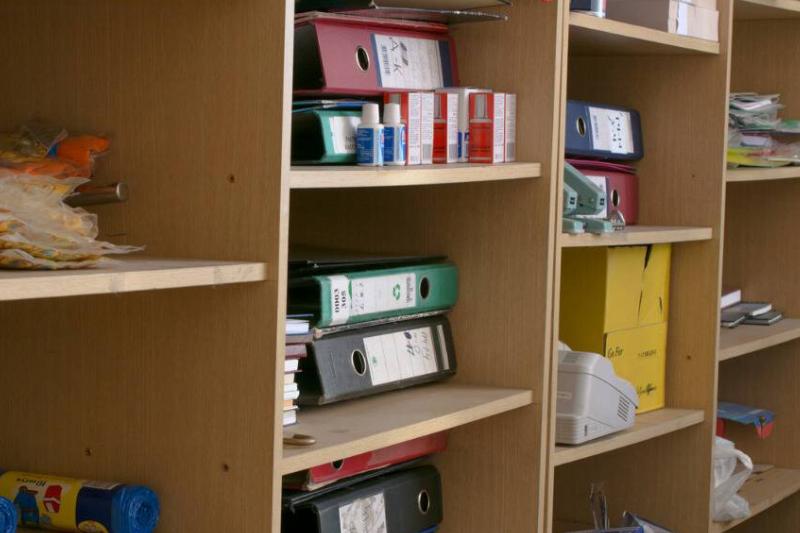
The pressure and mental toll that comes with hanging onto things can be heavier than we realize. Maybe you've started to feel it, too. Every corner of every shelf is filled with trinkets and tchotchkes that you've had for years. Maybe they were gifts, maybe they were things we bought ourselves because they gave us joy in that moment, but either way, they now feel like clutter.
Feeling this way isn't bad. It can lead to feelings of guilt, either because you don't want to forgo a kind gift or feel like you're 'losing money' by getting rid of it, but think about it, you've gotten years of use out of that item by now! It's served its purpose, you're allowed to move on.
Necessary Or Not?
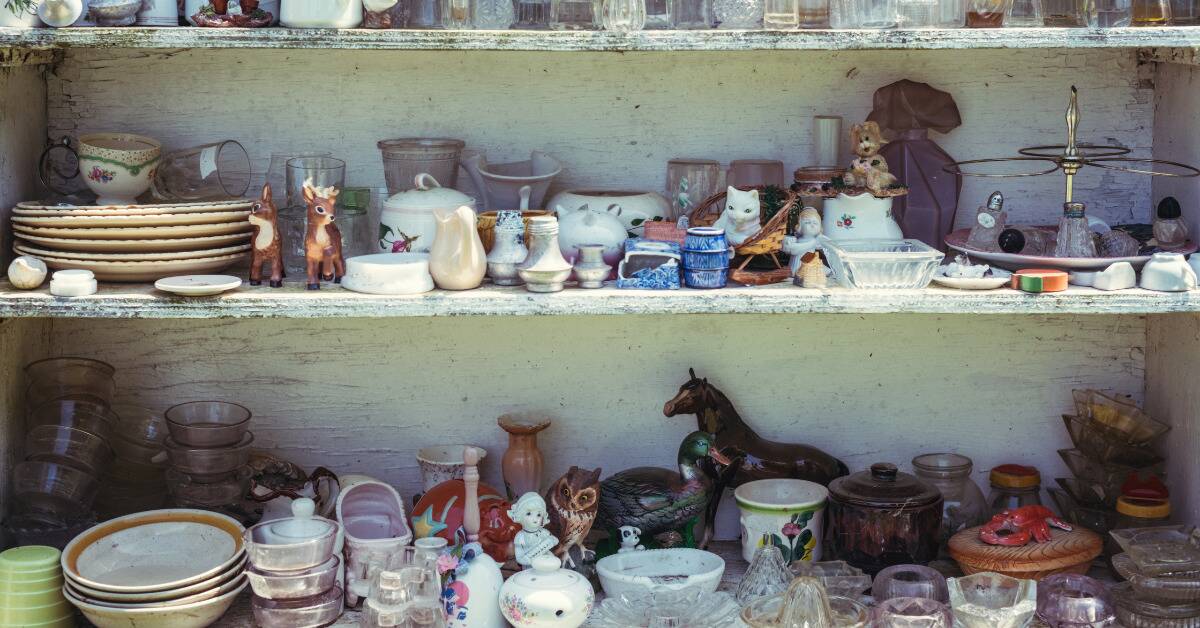
Once you start analyzing everything you own through this lens, you start to realize just how much you're keeping around, only out of a sense of obligation.
This isn't to say that you should immediately turn around and start getting rid of everything in your home. Instead, ask yourself these questions to see if it might be time to start a radical cleanup of your space.
Does your home feel crowded? Do you feel overly attached to non-sentimental items? If so, why is that? Is it something you can push past? Would you like to make room for other things? Would having fewer things make you feel more free? And, most importantly, do you just want less stuff?
Lots Of Company
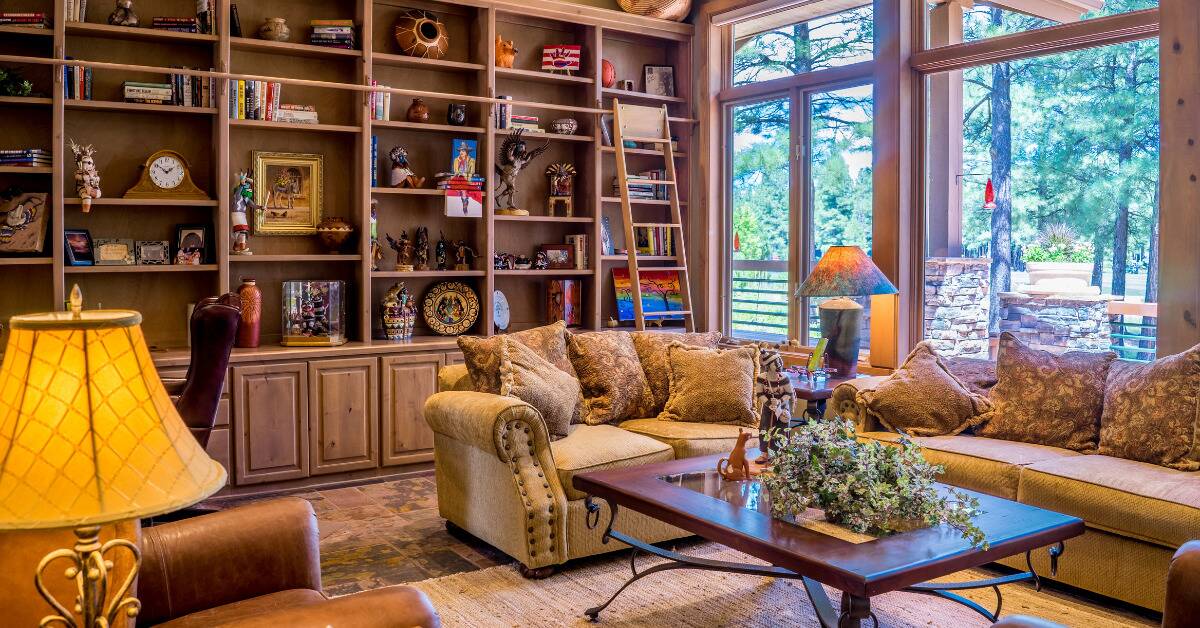
If you're someone who loves being surrounded by your things, or you have a maximalist type of aesthetic for your home, that's amazing! Don't feel pressured to start tossing things out because others might want that. Just be sure your attachment to these items is healthy and doesn't encroach on hoarding territory. That's when things start to get dangerous.
However, if you read those questions above and realized, yeah, it might be due for a clean-out, here are some tips on how to tackle it.
Starting Small
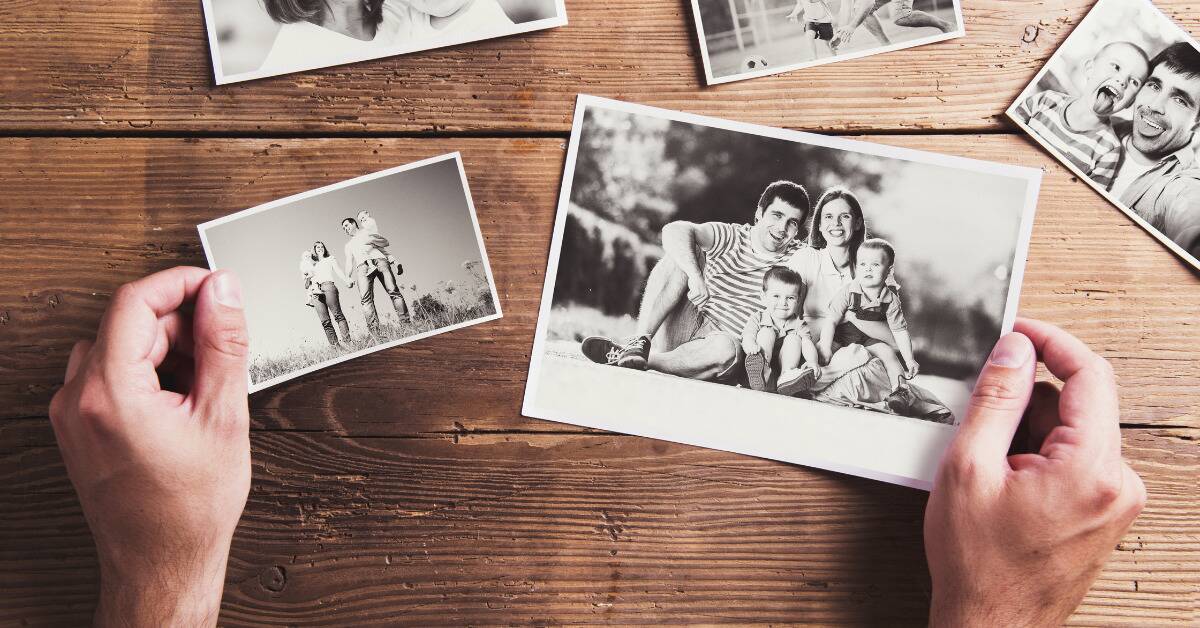
First, don't worry about furniture yet. Big stuff can wait. Tackle the small things first so you can open up more surface area.
Before looking through anything you have, sit down and make a list of items you know you want to keep. This could be family photos, heirlooms, or pieces you're very attached to for sentimental reasons. Making this list from memory ensures that you'll be saving the things that stand out in your mind already. If you can remember you have them and can identify your feelings about an item, it's probably important enough to keep.
One By One By One
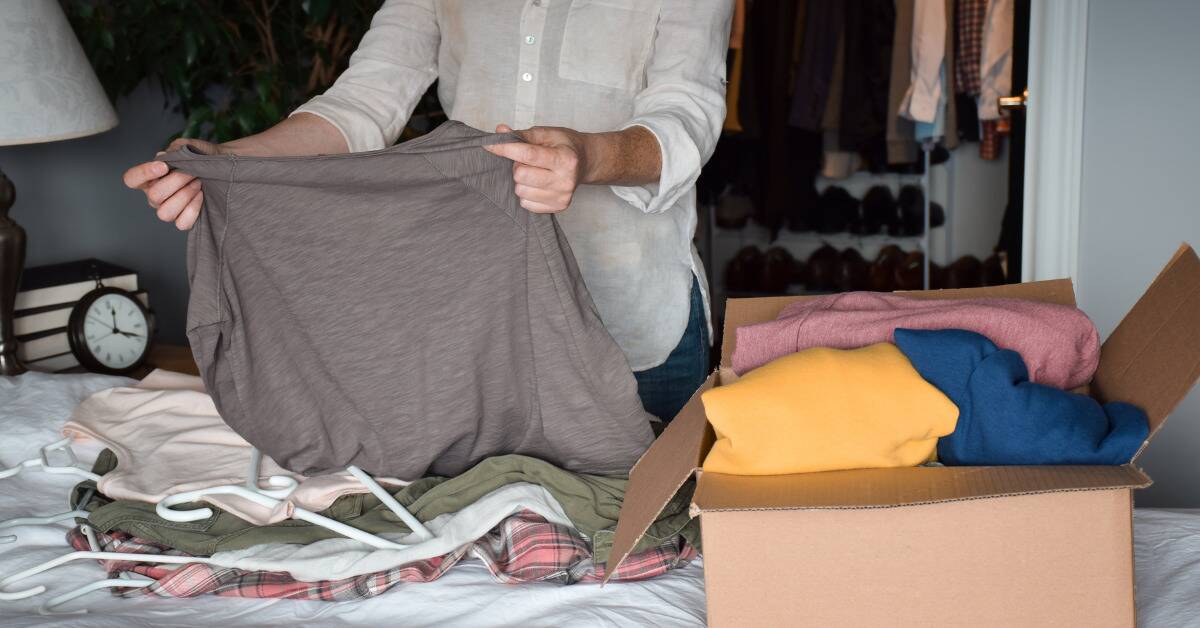
Then, go from room to room, surface to surface, and start picking things up. Bring a bag or box with you to hold items you wish to donate, sell, or gift away. Another bag or box can be for items that aren't worth passing off to someone else.
If you're having trouble deciding whether you want to keep a certain item or not, here are some questions you can ask yourself.
Do you find it beautiful? Does it improve your well-being? Is it functional? If so, do you actually use it? Does it leave you stuck in the past? Does it represent who you are today? Are you only keeping it out of guilt? Would you notice it if it were gone?
A Change Of Scenery

Once you've gone through the smaller items and decided what to do with them, then you can start to look at bigger pieces. Maybe you've always hated your dining table and wanted to get a new, smaller one. Maybe you don't need a couch, a loveseat, and a chair in your living room. These will all depend on your space, your taste, and your vision of your home. These items will be harder to change or get rid of, but they'll also make a more immediate difference.
This whole experience overall is about examining your relationship to the things you own. We can have surprisingly complex feelings about inanimate objects, so make sure those feelings aren't getting in the way of you enjoying your life.
Shrinking Down
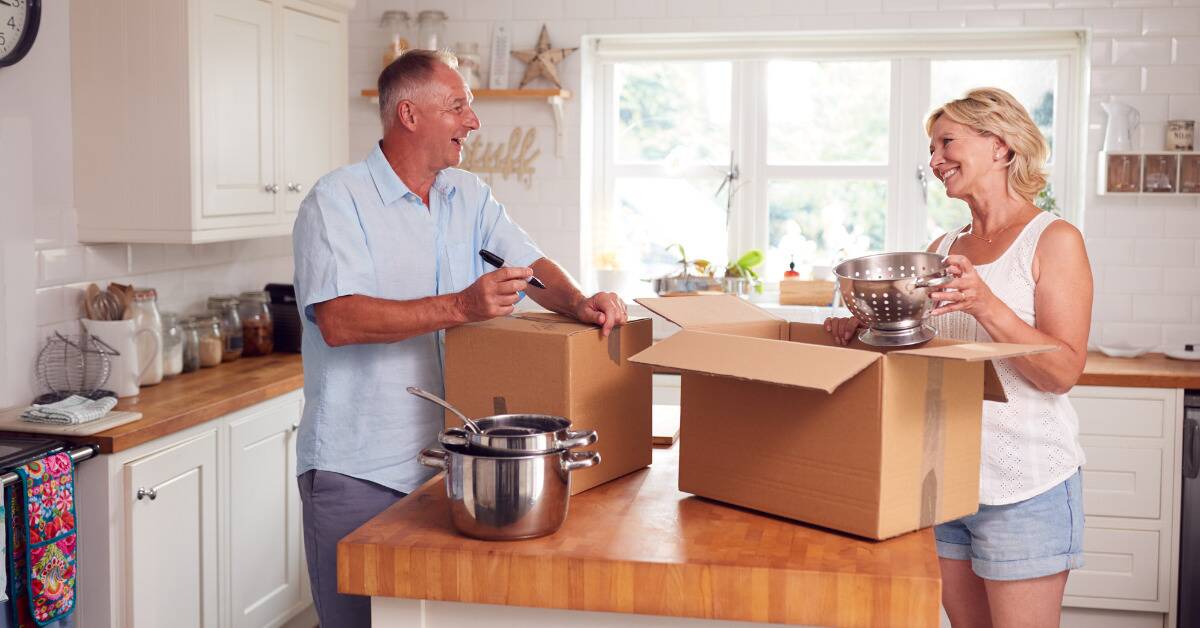
You might find that this de-cluttering philosophy extends to other, larger areas of your life. Maybe you realize you could downsize to a smaller home, or you want to move somewhere that requires less driving, where everything is within walkable distance, or you have easier access to public transit.
These types of exercises are meant to help you learn to enjoy less, as a more minimalist lifestyle. The clutter that we build up over time can keep us from enjoying the simplicity of life. This doesn't mean you have to deprive yourself of things you like, it just means clearing space in both your home and your mind so you can have a more peaceful existence, which is something you deserve.
That doesn't mean that all hope is lost, though, there are tools that can help! This audio program is designed to create new mental pathways away from feelings of worry and toward feelings of success. Click here to learn more today and see what joy awaits you!





